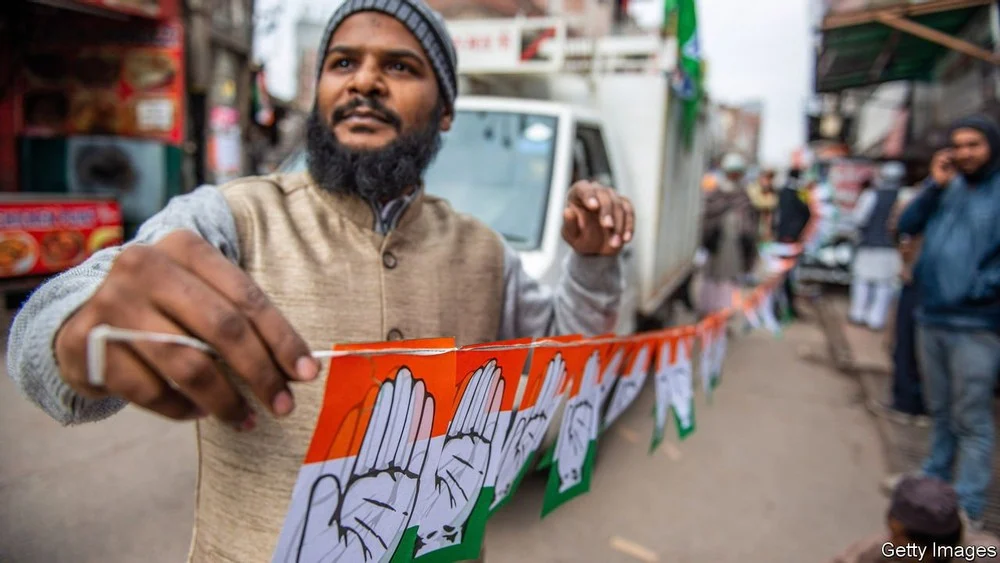
THE PHRASE “state election” does not do it justice. Over 150m people have registered to take part. They will throng to 174,351 polling stations in the course of seven rounds of voting spread over a month. There will be thousands of candidates and hundreds of parties. There are even 39,598 voters aged 100 or more, for whom special provision will be made. And all this is just in the biggest state—Uttar Pradesh—of the five that are holding elections in India in the coming weeks.
There will be lots of talk of a “festival of democracy”—and so it will be. Every caste, every sect, every view will be catered for. The candidates include film stars, holy men, feminists and entrepreneurs. Three different sorts of communists are competing: Marxist, Marxist-Leninist and the garden variety. And although the Bharatiya Janata Party (BJP), which runs both the national government and those of many states, is favoured to win in Uttar Pradesh and elsewhere, its victory is by no means guaranteed. Uttar Pradesh may be as poor as Mali, and deeply divided by caste and religion, but it is also a genuine democracy. Its voters have a meaningful choice, and often confound the pundits.










